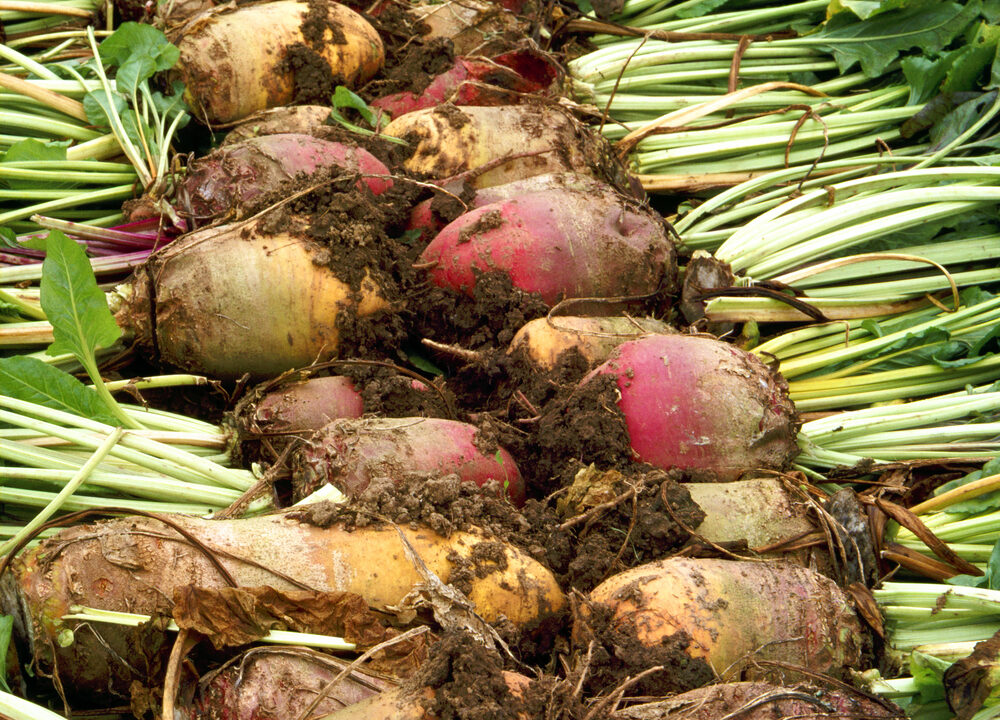This year’s fodder beet harvest should get underway in earnest over the coming days, according to Teagasc’s Ciaran Collins.
The weather is set to be fair up to the weekend and many crops are ready for harvest, the Moorepark-based tillage advisor said.
“The potential for good beet yields this year is significant. And the opportunity of getting crops out of the ground over the coming days should be availed of.”
Collins said that fresh weight yields of beet count for little.
“Dry matter is the key driver of crop output and subsequent animal performance. Many farmers in the Cork area grow sugar beet varieties with the specific aim of producing higher dry matter crops. As a rule of thumb, sugar beet tubers are white with fodder beet roots more yellow in colour.
“However, Teagasc is encouraging growers to be more specific when it comes to assessing the actual dry matter context of the beet crops they grow.”
“This is for unwashed roots delivered locally. Obviously, prices will rise for crops that are washed and chopped.”
The Teagasc advisor confirmed that beet crops will continue to grow on throughout October and November.
“Growth rates will fall back to almost zero, once we get into December,” he added.
“At that stage it’s a balancing act as to when remaining crops should be harvested. Heavy frosts will damage beet badly.
“This was the case during the winter of 2010/11, which was characterised by that very cold snap throughout the entire December – January period.”
Beet is a nutritious, palatable and energy-rich fodder source, however, it is lacking in protein, phosphorous and calcium. The feed is potentially dangerous because of its very high sugar level.
Proper diet formulation and feeding management are essential when feeding beet to ensure good annual performance and minimise digestive upsets or even fatalities.
For milking cows, it is recommended feeding 12kg of sugar beet should not be exceeded.
Betaine in the feed can cause a fishy taint in milk and high levels of beet may reduce cheese eye formation.
